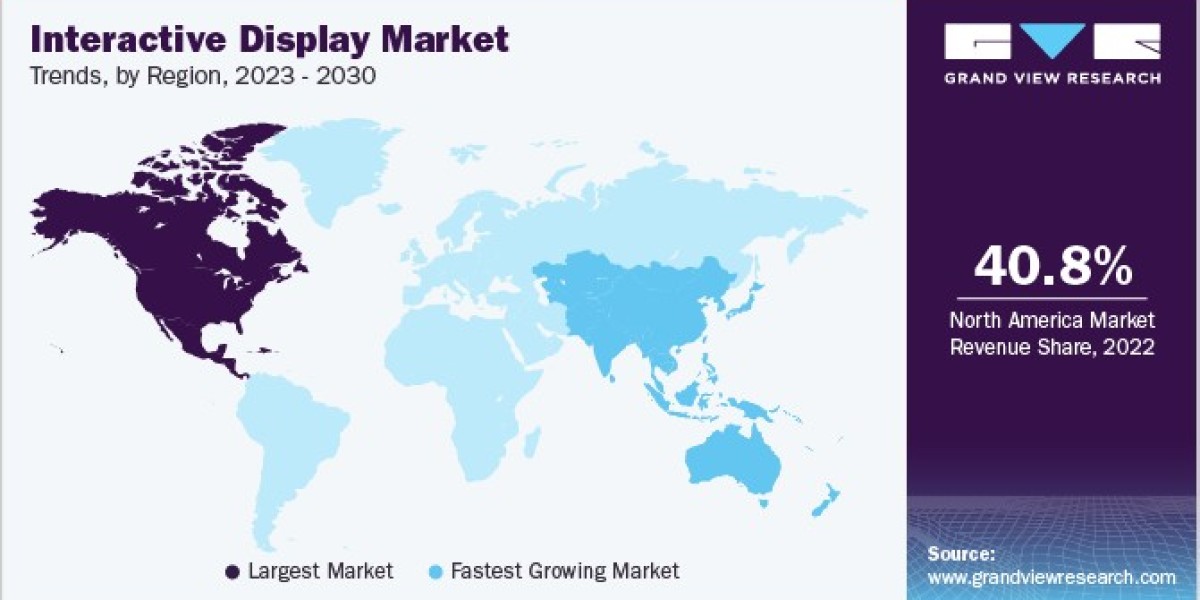The financial technology (fintech) industry has seen exponential growth in recent years, revolutionizing how we handle money. From digital payments to online banking and investment platforms, fintech solutions are now integral to everyday life. But behind the convenience and innovation of these applications lies fintech software development services, which drive this transformation.
This beginner’s guide will explore what fintech software development entails, its importance, and how it shapes the financial landscape.
What is Fintech Software Development?
Fintech software development involves creating technology-driven solutions that enhance, automate, and secure financial services. These applications can range from mobile banking apps and digital wallets to loan management systems and cryptocurrency platforms.
Key Focus Areas:
- Customer-Centric Solutions: Deliver user-friendly tools for managing finances.
- Regulatory Compliance: Ensure adherence to financial regulations and data protection laws.
- Scalability and Performance: Build platforms capable of handling large volumes of transactions.
Fintech software development services empower businesses to innovate and offer seamless financial experiences to their customers.
Why is Fintech Software Development Important?
In a digital-first world, fintech applications are no longer a luxury but a necessity. Here’s why fintech software development is critical:
Enhanced Financial Accessibility:
Fintech apps bring financial services to remote and underserved areas. Digital wallets and payment platforms enable users without traditional banking access to participate in the economy.Improved Efficiency:
Automation reduces manual processes, minimizing errors and speeding up transactions.Data-Driven Decision Making:
Fintech platforms analyze vast amounts of data to provide insights, from risk assessments to personalized investment recommendations.Cost Reduction:
By automating processes, businesses can cut operational costs and pass savings to customers.Security and Fraud Prevention:
Advanced encryption, biometric authentication, and AI-powered fraud detection make fintech applications safer than ever.
The Core Components of Fintech Software Development
To develop a successful fintech application, businesses rely on various core components:
1. Technology Stack
The choice of programming languages, frameworks, and tools plays a crucial role in fintech development. Commonly used technologies include:
- Languages: Python, Java, C++, and Kotlin
- Frameworks: Angular, React Native, and Django
- APIs: Payment gateways, open banking, and blockchain
2. Security Protocols
Given the sensitive nature of financial data, security is non-negotiable. Developers integrate:
- End-to-end encryption
- Multi-factor authentication (MFA)
- Secure Socket Layer (SSL) certificates
3. User Experience (UX) Design
User-friendly interfaces are vital for customer retention. Developers prioritize intuitive navigation, accessibility, and customization options.
4. Integration with Financial Systems
APIs allow seamless communication between fintech platforms and traditional banking systems. Features like account linking and real-time transaction updates rely on these integrations.
Types of Fintech Software Development Services
1. Payment Solutions
These include digital wallets, peer-to-peer payment systems, and point-of-sale (POS) platforms. Examples: PayPal, Venmo.
2. Banking Applications
Digital banking apps allow users to perform transactions, manage accounts, and even apply for loans online. Examples: Chime, Ally Bank.
3. Investment and Trading Platforms
Applications for managing investments, trading stocks, or cryptocurrencies. Examples: Robinhood, Coinbase.
4. Insurance Technology (Insurtech)
Apps designed for managing policies, filing claims, and calculating premiums. Examples: Lemonade, Oscar.
5. RegTech (Regulatory Technology)
Software solutions that help businesses comply with financial regulations. Examples: ComplyAdvantage, Onfido.
The Fintech Software Development Process
Developing fintech applications involves a structured approach to ensure functionality, security, and scalability:
Step 1: Understanding Requirements
Define the target audience, goals, and key features of the application.
Step 2: Choosing the Technology Stack
Select tools and frameworks that align with project needs.
Step 3: Designing the User Interface
Create a prototype with wireframes and user interface designs to visualize the app’s flow.
Step 4: Developing the Backend and Frontend
- Backend Development: Build the core system that processes data and executes transactions.
- Frontend Development: Focus on the user interface and experience.
Step 5: Testing and Quality Assurance
Conduct rigorous testing to identify and fix bugs, ensuring the app functions seamlessly under all conditions.
Step 6: Deployment and Maintenance
Launch the application and provide regular updates to add features and improve security.
Key Features of Fintech Software
To deliver exceptional user experiences, fintech applications must include these features:
- Secure Authentication: Biometric login, MFA, and encryption.
- Real-Time Transactions: Instant money transfers and updates.
- Personalized Insights: AI-driven financial advice based on user behavior.
- Notifications and Alerts: Transaction confirmations, reminders, and security alerts.
- Cross-Platform Compatibility: Functionality across mobile, web, and desktop.
Trends Shaping Fintech Software Development
The fintech landscape is constantly evolving, with emerging technologies shaping the future:
1. Artificial Intelligence (AI)
AI powers fraud detection, customer support chatbots, and personalized financial recommendations.
2. Blockchain Technology
Blockchain ensures transparency and security in transactions, paving the way for decentralized finance (DeFi) applications.
3. Open Banking
APIs allow seamless integration between banks and fintech apps, fostering innovation and collaboration.
4. Voice Recognition
Voice-enabled commands are becoming a popular feature for accessing accounts and performing transactions.
Benefits of Hiring Fintech Software Development Services
Partnering with experienced developers offers numerous advantages:
- Expertise: Access to a team with in-depth knowledge of financial systems and technology.
- Custom Solutions: Tailored apps that meet specific business needs.
- Regulatory Compliance: Ensure the application adheres to global and local regulations.
- Cost Efficiency: Outsourcing reduces the cost of hiring in-house teams and purchasing resources.
- Faster Time-to-Market: Leverage existing expertise to accelerate the development process.
Challenges in Fintech Software Development
1. Regulatory Compliance
Adhering to financial regulations can be complex, especially when operating across borders.
2. Data Security
Protecting sensitive user information from cyber threats requires robust security protocols.
3. Scalability
Ensuring the app performs seamlessly as the user base grows can be challenging.
4. Integration with Legacy Systems
Traditional banks often use outdated systems that may not integrate easily with modern fintech solutions.
Conclusion
Fintech software development services are at the heart of the financial revolution, enabling businesses to innovate and deliver exceptional user experiences. From mobile banking to blockchain-based platforms, fintech applications cater to the modern demand for accessible, efficient, and secure financial solutions.
Whether you're a startup looking to disrupt the market or an established company aiming to enhance services, investing in fintech software development is a strategic move that can drive growth and customer satisfaction. By partnering with experienced developers and staying updated with emerging trends, businesses can stay ahead in the ever-evolving fintech landscape.








